Hong Kong Monetary Authority - Eddie Yue on Recent dynamics in the Hong Kong dollar market
In early May, as funds flowed into the Hong Kong dollar, the strong-side Convertibility Undertaking (CU) under the Linked Exchange Rate System (LERS) was triggered. Since then, Hong Kong dollar interbank rates dropped rapidly and the Hong Kong dollar exchange rate in turn has weakened. This is a textbook case of how the LERS works according to its design. As the Hong Kong dollar exchange rate and interest rates movements are matters of keen public interest, let me share our observations and views.
Let's start with the Hong Kong dollar exchange rate. In early May, the exchange rate hit the strong-side CU of HK$7.75 to US$1 four times on three trading days, during both Hong Kong and non-Hong Kong trading hours. The HKMA sold HK$129.4 billion in exchange for US$16.7 billion in accordance with the LERS mechanism.

The strengthening of the Hong Kong dollar has been a few months in the making, with trading moving closer to the strong-side CU. One of the key reasons behind this was buoyant capital market activities and, in particular, continued net inflows through the Southbound Stock Connect. The Hang Seng Index has gone up by about 10% over the first four months of the year, while the Hang Seng TECH Index climbed 14%. During this period, the average daily turnover of the Main Board reached HK$250 billion, with a number of initial public offerings debuting and more in the pipeline. Moreover, many listed companies are distributing dividends in May or June and some of them were pre-funding Hong Kong dollar from the market. All these worked together to send the Hong Kong dollar exchange rate higher in recent months.
Stepping into April, US tariffs measures sent shockwaves across global financial markets and the US dollar whipsawed. In early May, a number of Asian currencies appreciated sharply against the US dollar, with the New Taiwan dollar strengthening by about 10% in two trading days, the Korean won up by over 3% and the Malaysian ringgit up by over 2%. This left many market participants scrambling to unwind a large number of long US dollar positions. The turbulence spilt-over to the Hong Kong dollar. Compounded by recent capital market activities (such as more active trading and large-scale IPOs in the stock market, mid-year dividend payments by listed companies), demand for the Hong Kong dollar surged, bringing it to 7.75 level and triggering the strong-side CU. Even though the average size of Hong Kong dollar injection in the first two days was somewhat larger than in the past, the Hong Kong dollar traded in an orderly manner locally and in other markets.
Now, turn to the Hong Kong dollar interbank rates. Following the HKMA’s injection of HK$129.4 billion into the market, the Aggregate Balance of the banking sector almost quadrupled in a matter of few days from HK$45 billion to HK$174 billion. As Hong Kong dollar liquidity expanded rapidly, short-term interbank rates declined sharply. For example, the one-month and overnight interbank rates dropped respectively from an average of about 3.65% and 3.41% in April to 0.96% and 0.03% today. These are normal market movements as expected under the LERS. As a result, financing costs that reference interbank rates, including mortgage rates, have also come down. Corporates and individuals experience the impact of lower interest rates differently depending on their own circumstances, say, their relative positions in bank deposits and borrowings. However, looking at it through a macroeconomic lens, lower interest rates should be beneficial to the current economic environment of Hong Kong.
Going forward, uncertainty will cloud the trajectory of the Hong Kong dollar exchange rate and interest rates. With the Aggregate Balance almost quadrupled, the Hong Kong dollar interest rates, in particular in the shorter tenors, have fallen to levels well below their US counterparts, anchoring down the longer-tenor interest rates also. The widening Hong Kong dollar-US dollar interest rate differential has increased the incentive for longing the US dollar. While the scale of such trades will depend on the market’s risk appetite, the impact has already been significant enough to cause the Hong Kong dollar exchange rate to soften from 7.75 against the US dollar in early May toward the weaker side of the Convertibility Zone at 7.82 levels today.
While Hong Kong dollar interbank rates generally track their US dollar counterparts under the LERS, they are also influenced by the local supply and demand of Hong Kong dollar funding. The current supply of Hong Kong dollar funding is relatively abundant, thanks to the much expanded Aggregate Balance. This means demand factors would play a more significant role. In this regard, there are some knowns and unknowns. The known and foreseeable demand for Hong Kong dollar includes new IPO activities and seasonal factors, such as the half-year closing and dividend payments which peak in May and June. On the other hand, the unknowns include the future path of the US monetary policy and interest rates, the sentiment in equity markets, and global financial market conditions and capital flows. If Hong Kong dollar supply continues to exceed demand, market forces in the form of carry trades would drive the exchange rate lower, and interbank rates will go higher perhaps to once again approaching levels close to their US dollar counterparts. Yet, it is highly uncertain how long and at what pace this process will take. After all, the interplay of factors including the US dollar-Hong Kong dollar interest rate differential, capital market activities as well as other seasonal factors at different junctures can affect the dynamics of the Hong Kong dollar, resulting in different Hong Kong dollar exchange rate and interest rate trajectories.
To sum up, the Hong Kong-US interest rate differential, and the market supply and demand will work through the automatic interest rate adjustment mechanism under the LERS to drive the Hong Kong dollar stronger or weaker, and in some cases, triggering the strong-side or weak-side CU. This is normal operation of the LERS according to its design.
The global trade and economic outlook is highly uncertain. Global markets and capital flows are volatile. Hong Kong's capital markets, exchange rate and interest rates are in the thick of this confluence of uncertainties. The balance of supply and demand of the Hong Kong dollar could change, so could the prevailing low interest rate environment. It would be advisable for members of the public to take into account the possibility of a further weakening of the Hong Kong dollar and a rebound in Hong Kong dollar interest rates when making decisions about property purchase, investment or borrowing, and to properly manage the associated risks. The HKMA will continue to closely monitor market developments and maintain monetary and financial stability.
Eddie Yue Chief Executive
Hong Kong Monetary Authority
20 May 2025
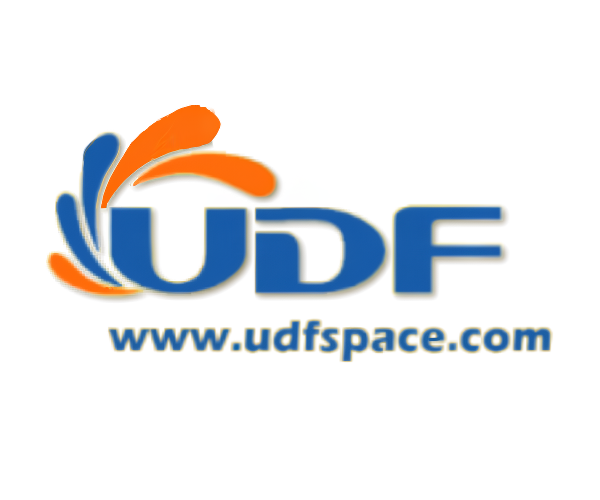







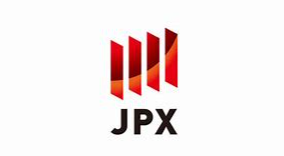
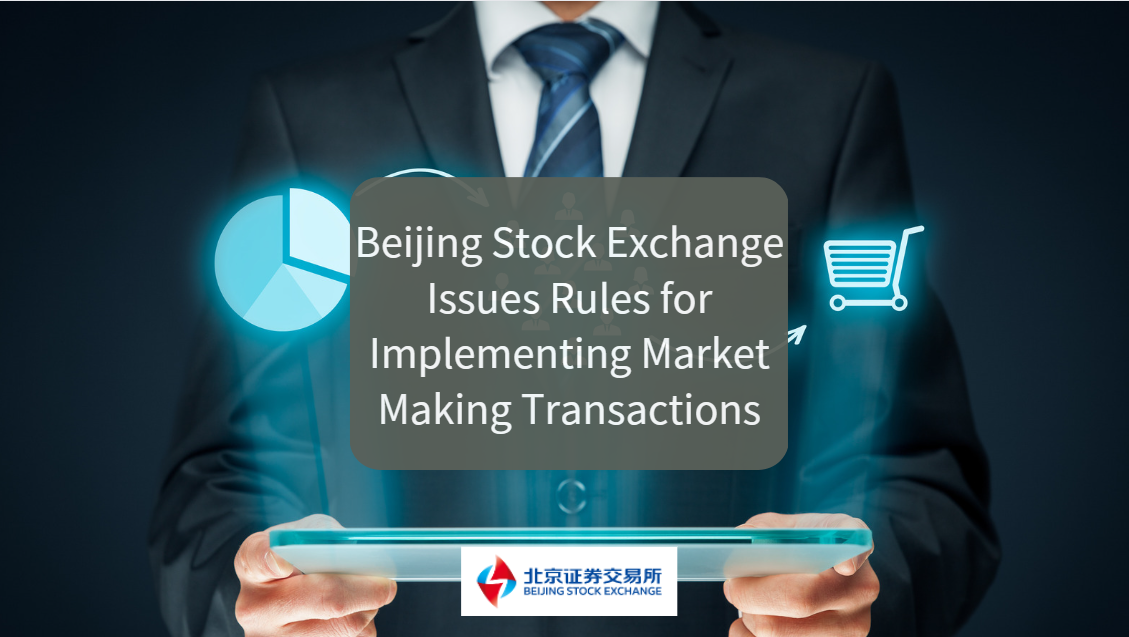
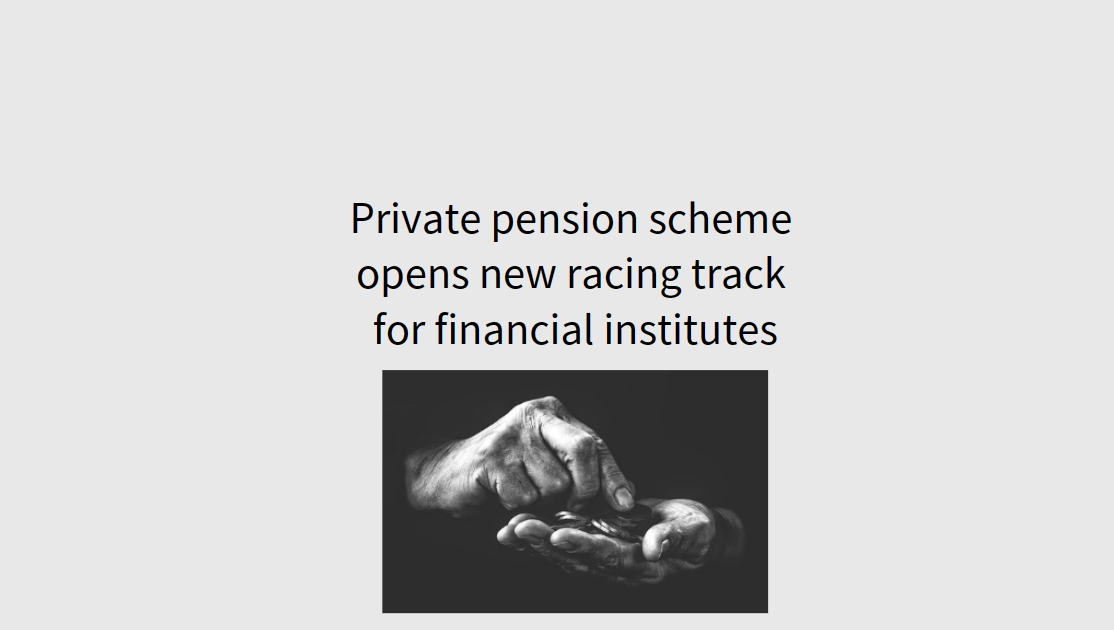
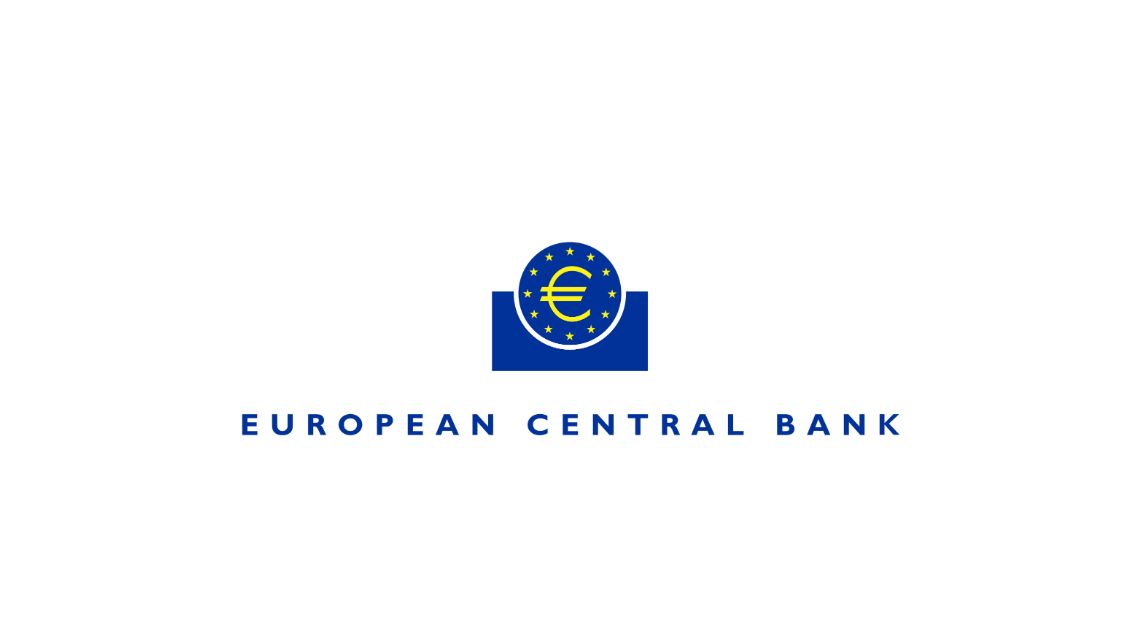
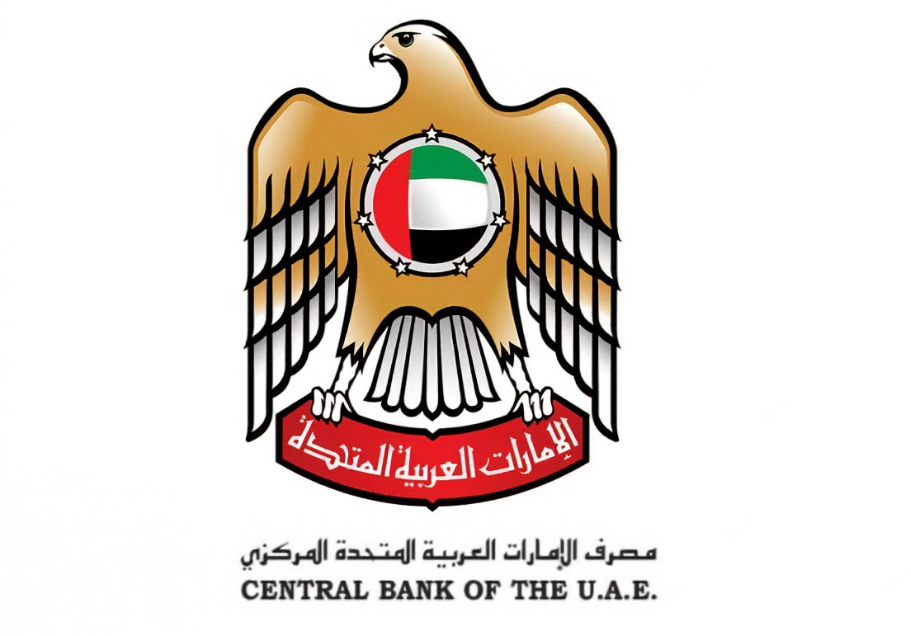
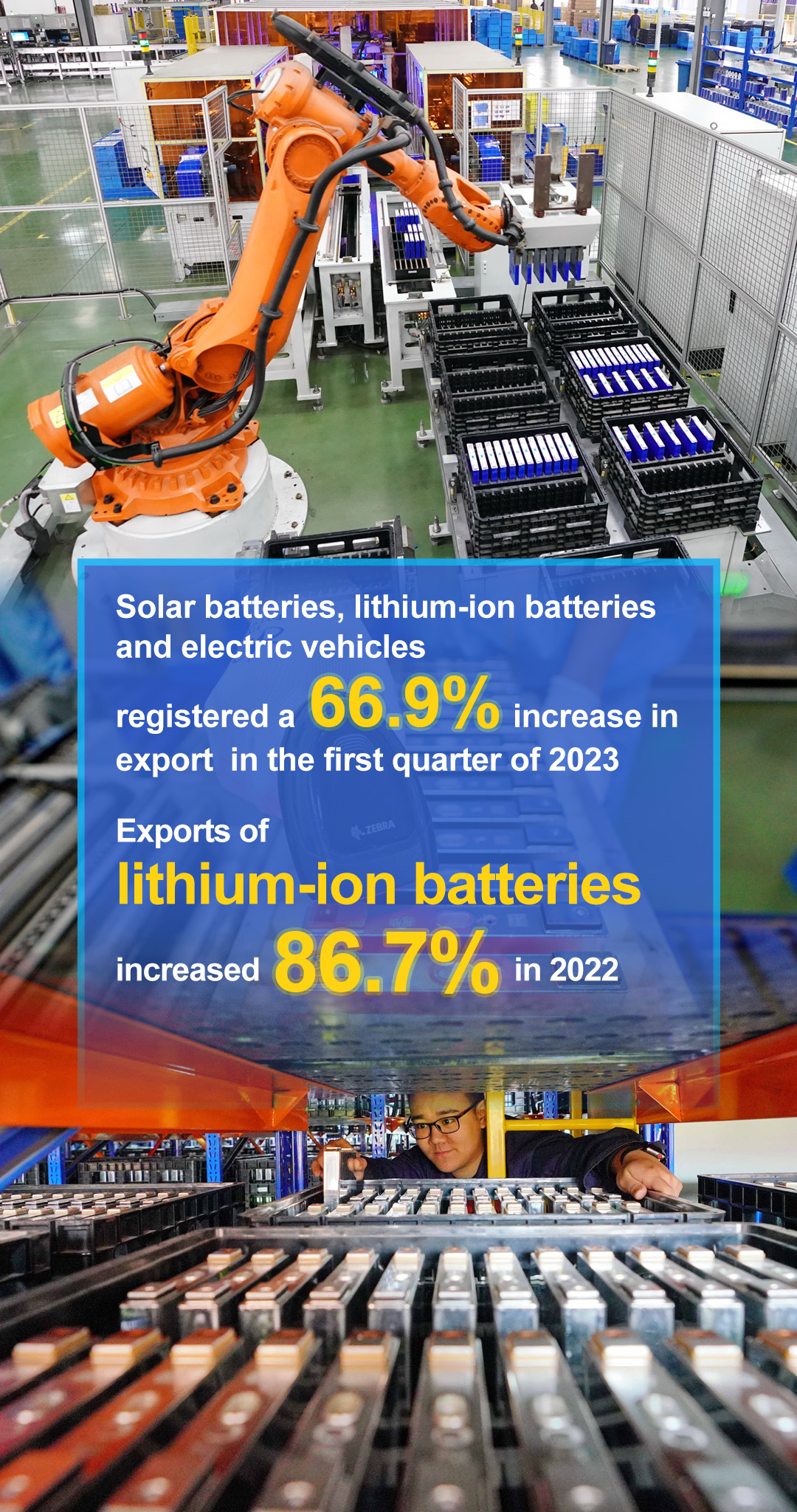
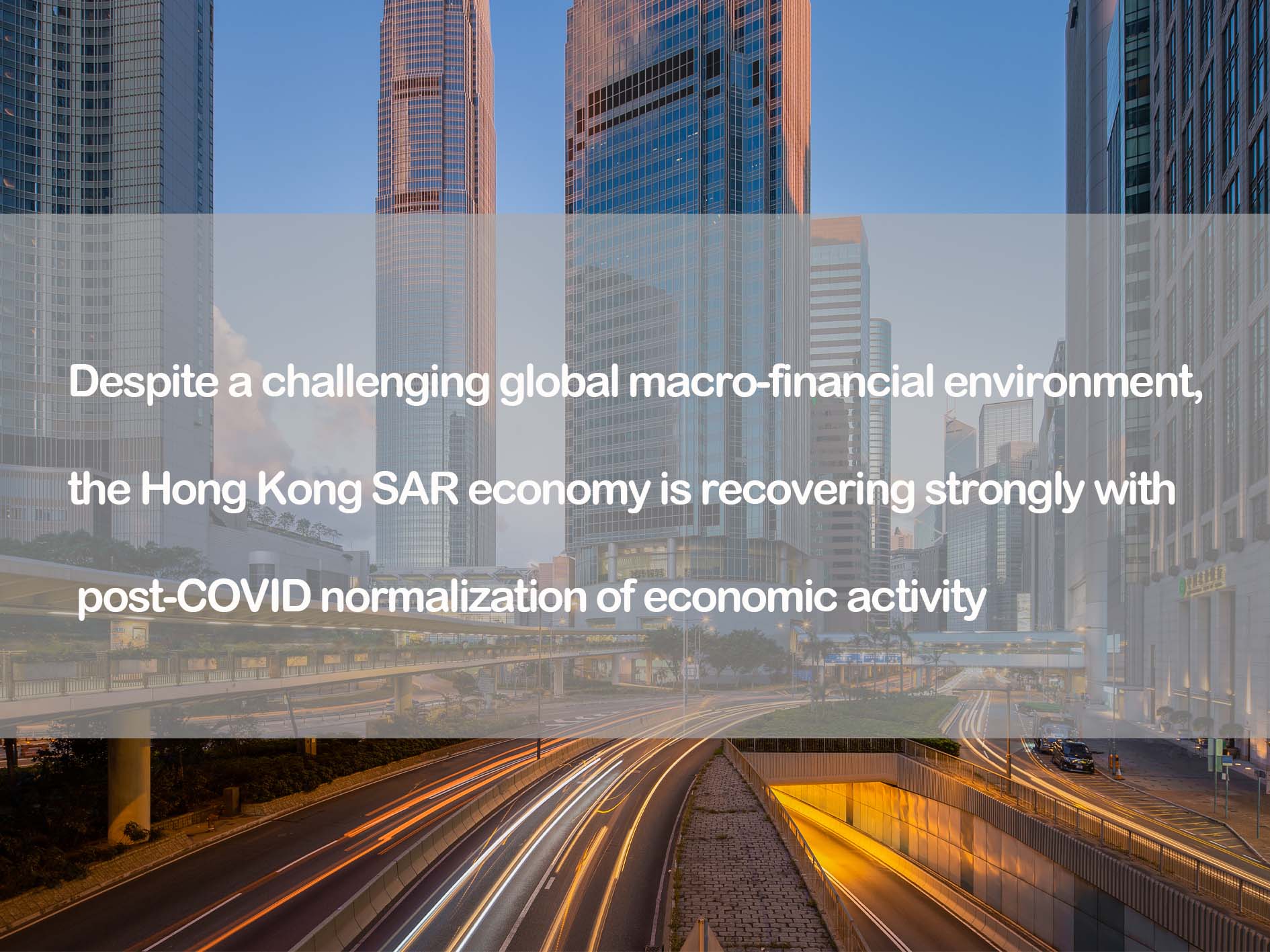

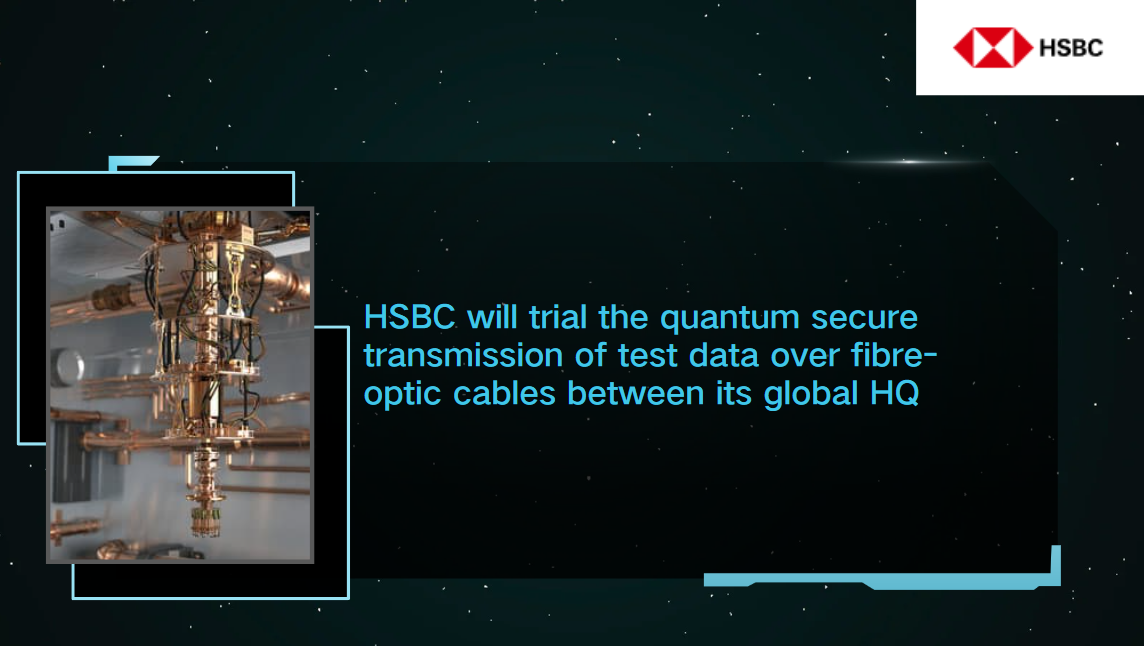
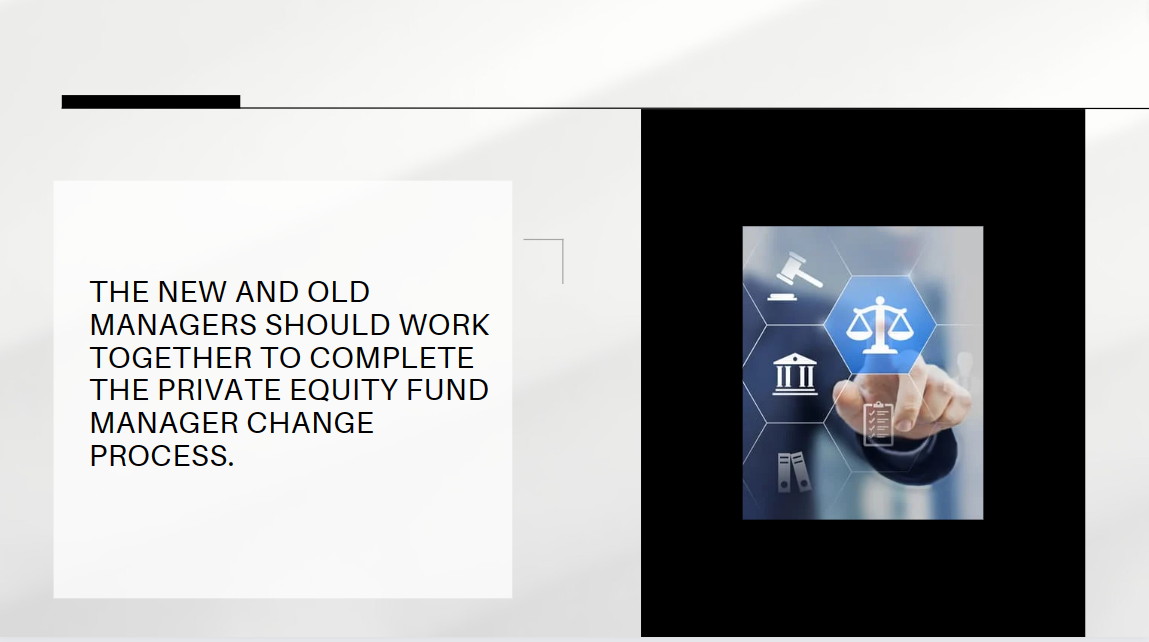
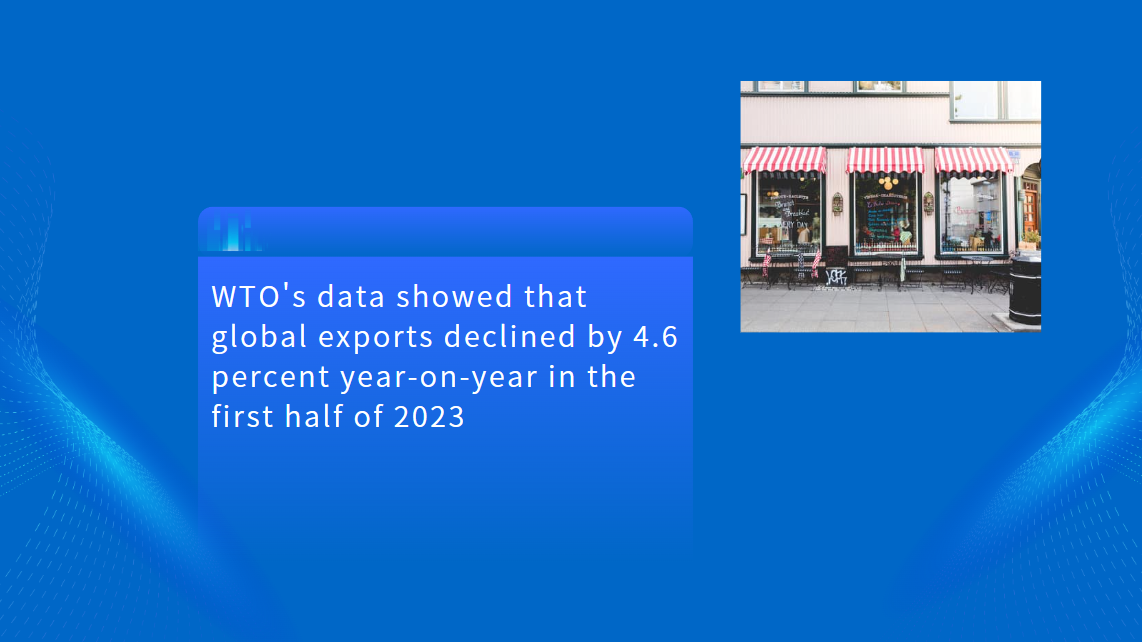
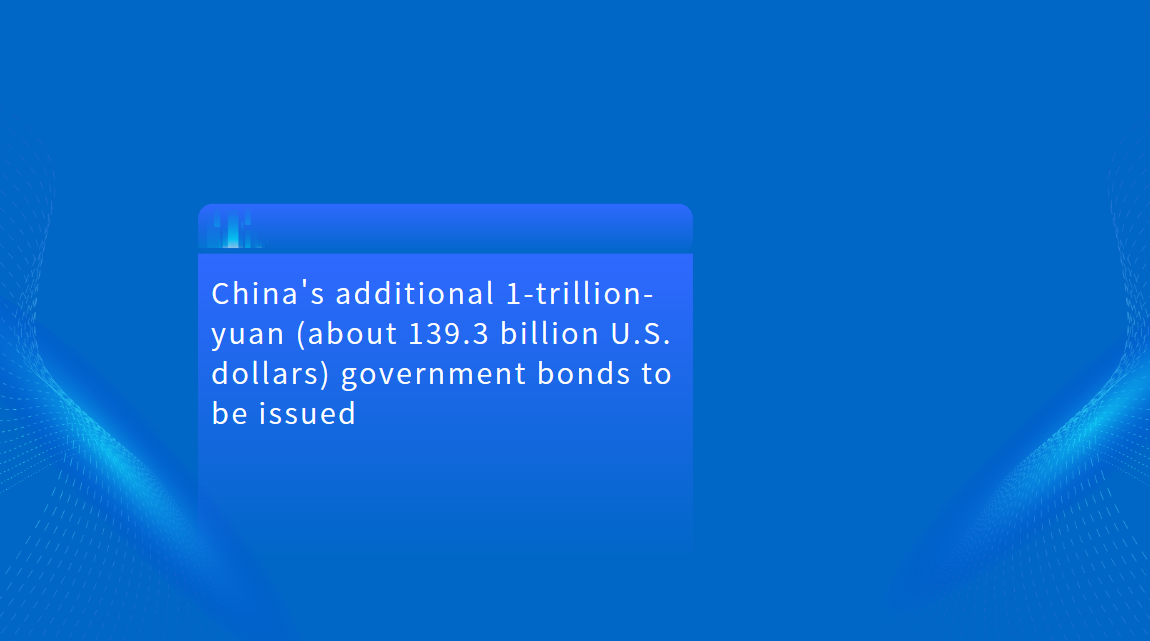

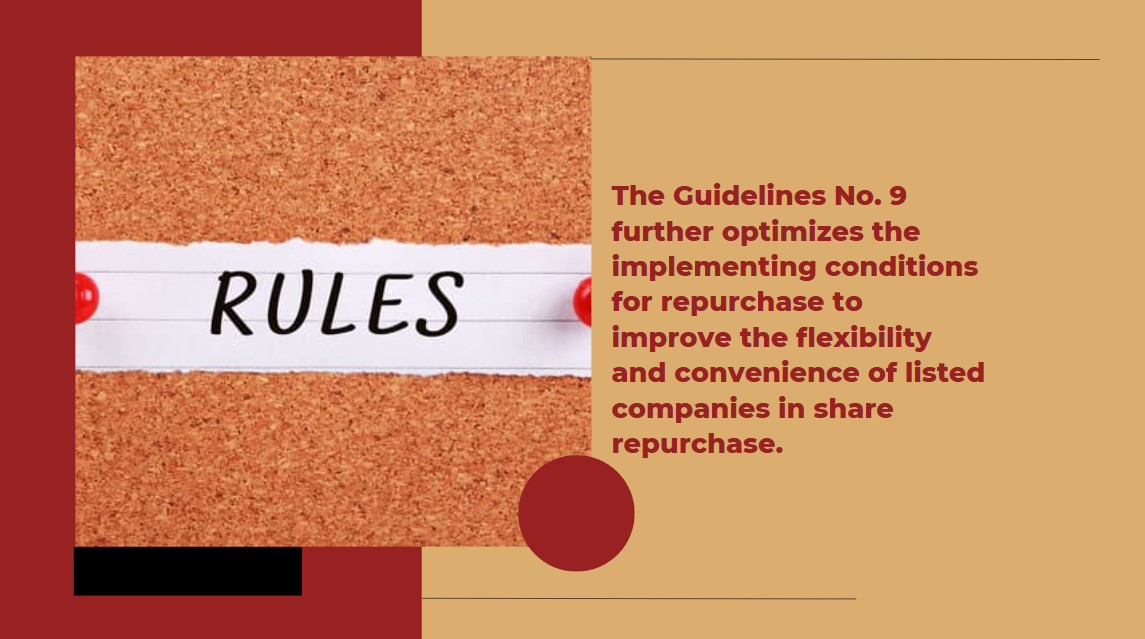




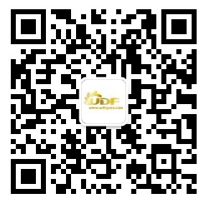
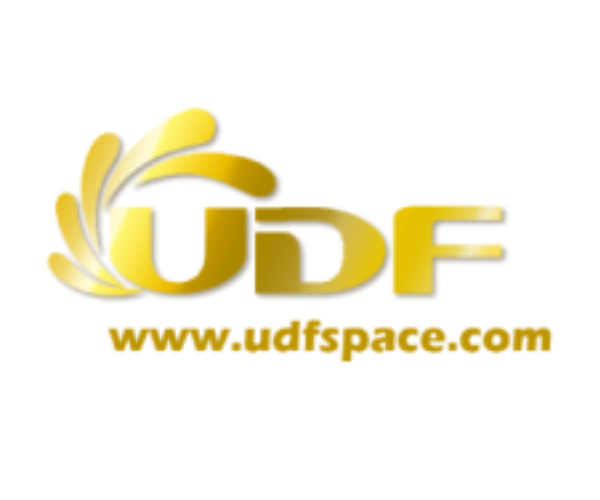










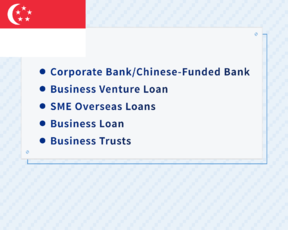

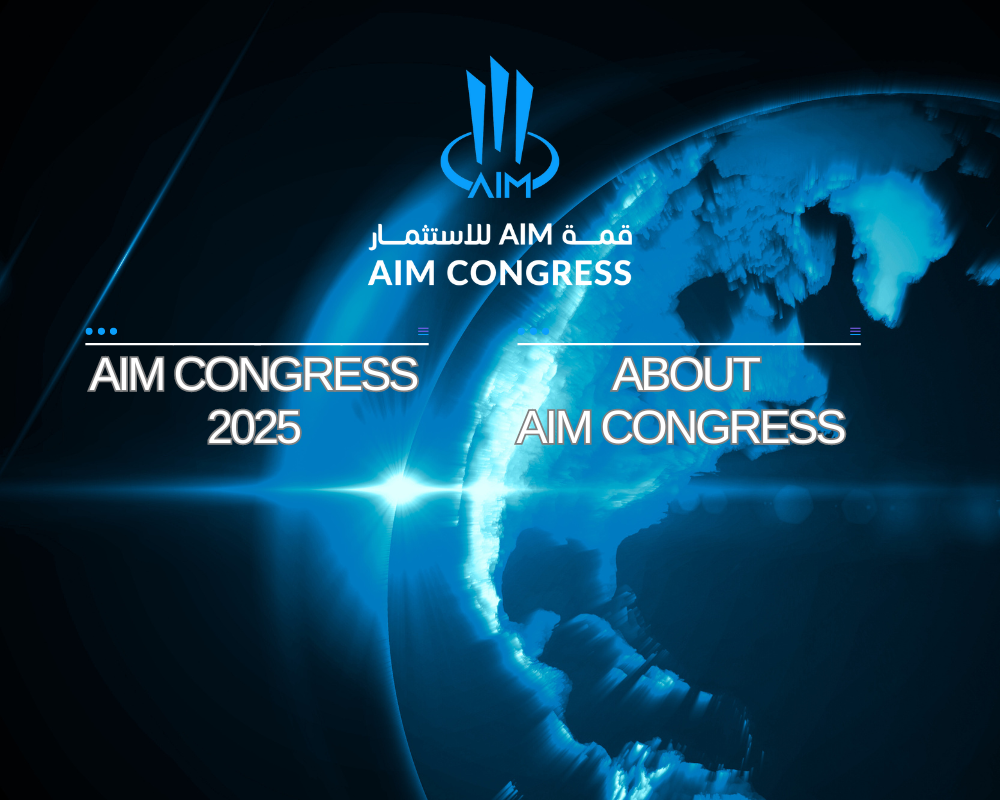












First, please LoginComment After ~